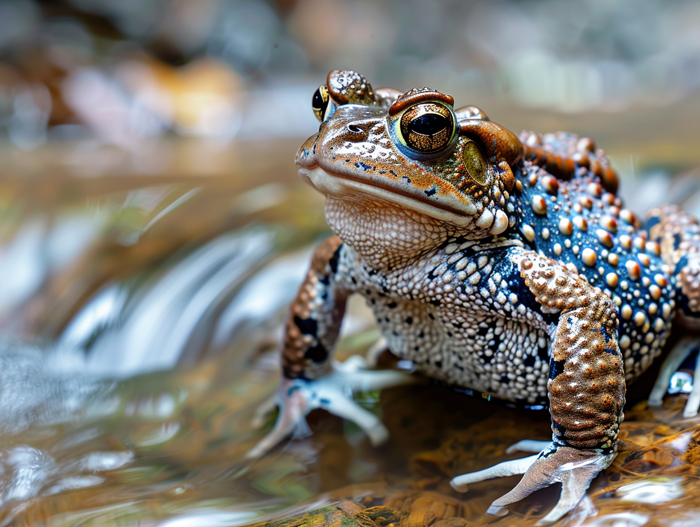If you’ve ever wondered about toads and their winter habits, you’re in the right place. Do toads hibernate? It’s a common question among nature enthusiasts. Understanding the hibernation patterns of these fascinating creatures can provide insight into their survival strategies. Let’s jump into the world of toads and explore the truth behind their hibernation habits.
Key Takeaways
- Hibernation is a state of inactivity and metabolic depression in animals triggered by colder temperatures and food scarcity.
- Toads do hibernate during winter to survive harsh conditions and conserve energy.
- Signs of toad hibernation include reduced activity, seeking shelter, burrowing behavior, limited feeding, lower metabolic rate, body temperature regulation, dehydration tolerance, and resilient heart rate.
- To help toads during hibernation, create hibernation-friendly environments with damp, sheltered areas, provide small shelters, ensure water sources are available, and avoid using chemicals near hibernation sites.
Understanding Toad Hibernation

What is Hibernation?
- Hibernation is a state of inactivity and metabolic depression in animals, triggered by colder temperatures and food scarcity.
- During hibernation, body functions slow down, allowing the animal to conserve energy over extended periods.
Do Toads Hibernate?
- Yes, toads are known to hibernate during the winter months.
- Hibernation helps toads survive harsh conditions when food is scarce and temperatures drop significantly.
- Toads hibernate to conserve energy during periods of little food availability.
- Lower metabolic rates during hibernation enable toads to withstand low temperatures without expending too much energy.
Stay tuned for more insights into the intriguing area of toad hibernation habits.
Signs of Toad Hibernation

Behavioral Changes
- Reduced Activity: Toads exhibit decreased movement as they prepare for hibernation.
- Seeking Shelter: They look for well-insulated areas such as burrows or under logs.
- Burrowing Behavior: Toads dig underground to protect themselves from harsh conditions.
- Limited Feeding: Appetite decreases significantly before hibernation begins.
- Lower Metabolic Rate: Toads slow down bodily functions to conserve energy.
- Body Temperature Regulation: They adjust internal temperature to match external conditions.
- Dehydration Tolerance: Toads can endure water loss during hibernation without harm.
- Resilient Heart Rate: Even though reduced activity, their heartbeats remain steady but slow.
Helping Toads During Hibernation

Creating Hibernation-friendly Environments
- Toads prefer damp, sheltered areas for hibernation.
- Provide small shelters like overturned flowerpots or logs.
- Avoid disturbing hibernating toads by keeping the area quiet.
- Toads do not need food during hibernation.
- Make sure water sources are available before they enter hibernation.
- Avoid using chemicals near hibernation sites to prevent contamination.
Remember to create a safe and undisturbed environment to help toads thrive during hibernation.
Conclusion
Toads hibernate in damp, sheltered areas like overturned flowerpots or logs. It’s vital to provide a quiet environment for them during this period. While they don’t require food, ensure water sources are accessible. Avoid using chemicals near hibernation sites to maintain a safe habitat for toads. By respecting their hibernation needs, you can help toads thrive in their natural environment.

Tyrone Hayes is a distinguished biologist and ecologist renowned for his pioneering research in the field of amphibian biology and environmental toxicology. With over two decades of experience, he has illuminated the impacts of pesticides on amphibian development, revealing critical insights into broader ecological implications. Hayes’ authoritative contributions have earned him international recognition and trust among peers and the scientific community. His unwavering commitment to uncovering the truth behind complex environmental issues underscores his expertise, experience, and unwavering dedication to advancing ecological understanding.
